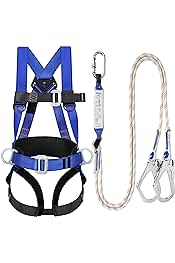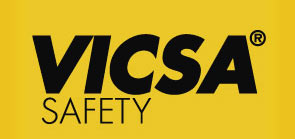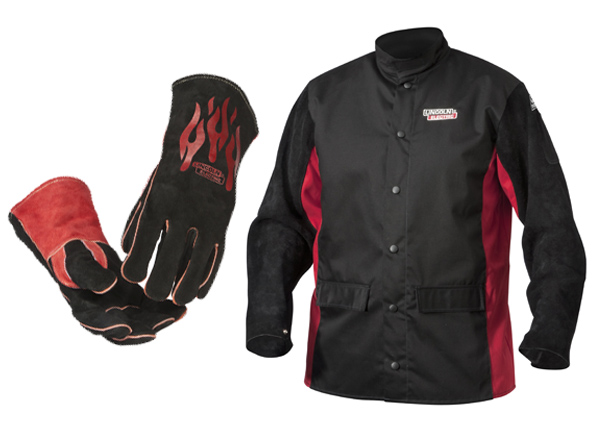- +971 543 497 827
- enquiries@rigrock.ae
Personal Protective Equipment (PPE) plays a crucial role in ensuring the safety of workers in the Oil and Gas sector, particularly for Engineering, Procurement, and Construction (EPC) contractors.
MANUFACTURER & GRADES






Head Protection:
- Hard Hats: Essential for protecting against falling objects, impacts, and electrical hazards.
- Bump Caps: Lightweight alternatives for protection against minor head bumps.
Eye and Face Protection:
- Safety Glasses: Protect eyes from impact, dust, and chemical splashes.
- Safety Goggles: Provide a tighter seal around the eyes, suitable for environments with chemical vapors or gases.
- Face Shields: Additional protection for the face against chemical splashes, flying debris, and radiant heat.
- Welding Shields: Specifically designed to protect against intense light and sparks during welding operations.
Hearing Protection:
- Earplugs: Inserted into the ear canal to reduce exposure to loud noises.
- Earmuffs: Over-the-ear protection that covers the entire ear to block out noise.
Respiratory Protection:
- Disposable Respirators: Offer basic protection against dust, fumes, and particulates.
- Half-face Respirators: Cover the nose and mouth, providing protection against gases, vapors, and particulates.
- Full-face Respirators: Provide comprehensive protection for the eyes, nose, and mouth against a wider range of hazards, including chemical exposure.
Hand Protection:
- Work Gloves: Made from various materials such as leather, rubber, or synthetic fibers to protect against cuts, abrasions, chemicals, and extreme temperatures.
- Chemical-Resistant Gloves: Specifically designed to protect against exposure to hazardous chemicals and corrosive substances.
- Insulated Gloves: Provide thermal protection against extreme cold or heat.
Body Protection:
- Coveralls: Full-body protection against chemical splashes, dust, and other contaminants.
- Chemical Protective Clothing: Specialized suits designed to resist permeation and penetration of hazardous chemicals.
- High-Visibility Clothing: Essential for enhancing visibility in low-light conditions or areas with moving vehicles and equipment.
Foot Protection:
- Steel-toe Boots: Protect feet from impact, compression, and puncture hazards.
- Chemical-Resistant Boots: Designed to resist exposure to corrosive chemicals and liquids.
- Insulated Boots: Provide thermal protection against extreme temperatures, suitable for cold weather environments.
Fall Protection:
- Harnesses: Securely attach workers to a structure or anchor point to prevent falls from heights.
- Lanyards and Lifelines: Connect harnesses to secure anchor points and provide additional support in case of a fall.
- Safety Nets: Installed to catch workers and debris in the event of a fall.
Heat and Flame Protection:
- Fire-resistant Clothing: Made from materials that can withstand exposure to flames and high temperatures, essential for workers in proximity to heat sources or during hot work operations.
Emergency Equipment:
- First Aid Kits: Stocked with essential medical supplies to provide immediate care for injuries.
- Eyewash Stations and Showers: Installed to flush eyes and skin in case of chemical exposure.
- Fire Extinguishers: Available throughout work sites to extinguish small fires quickly.














